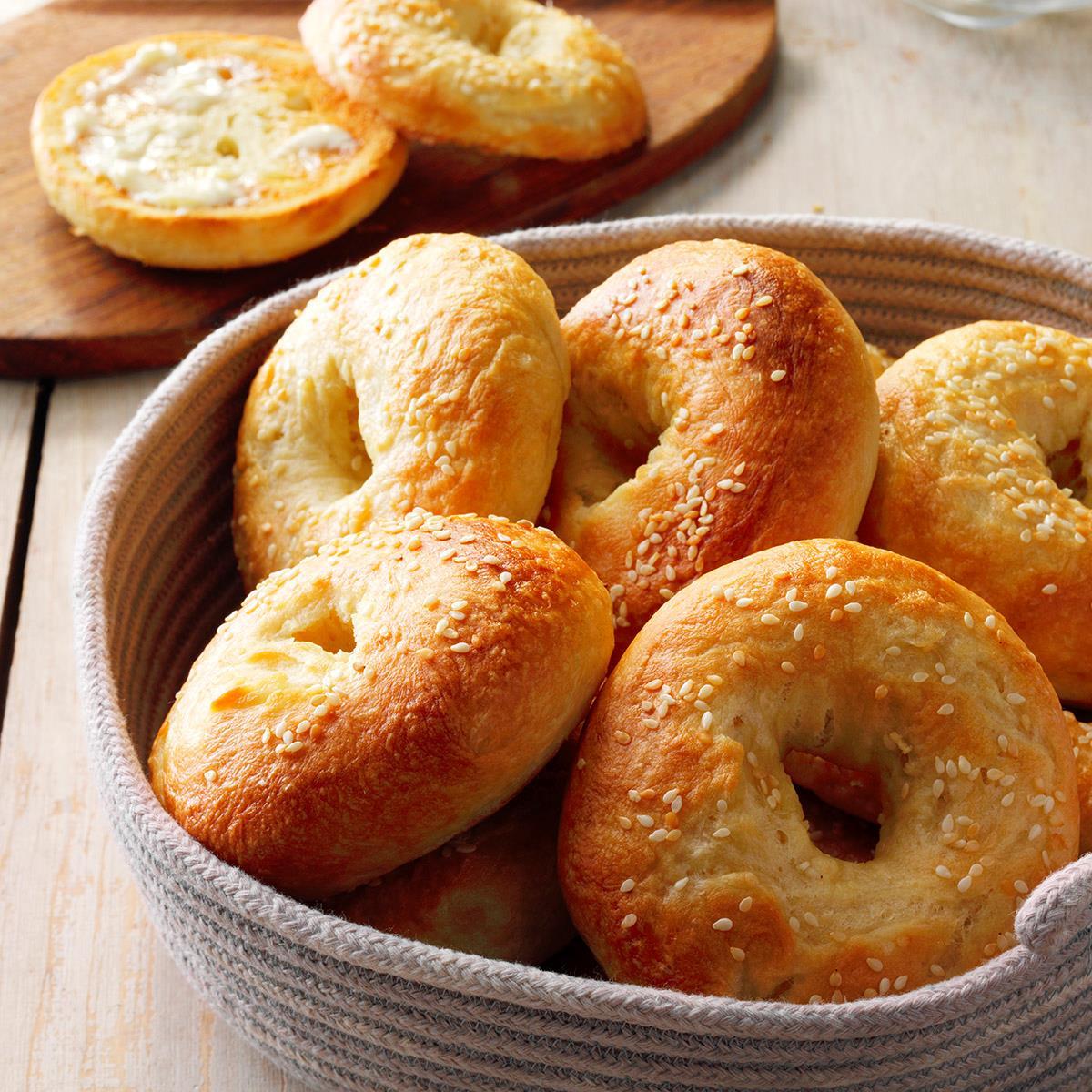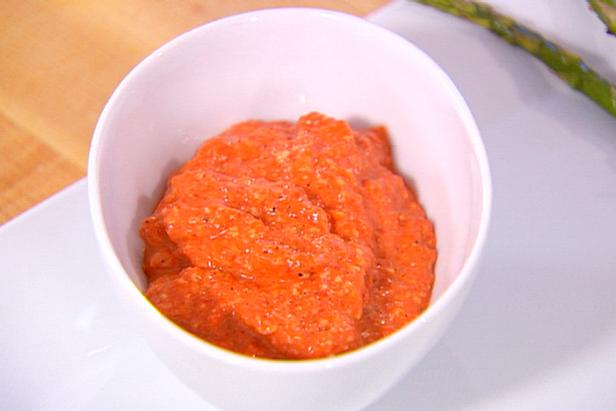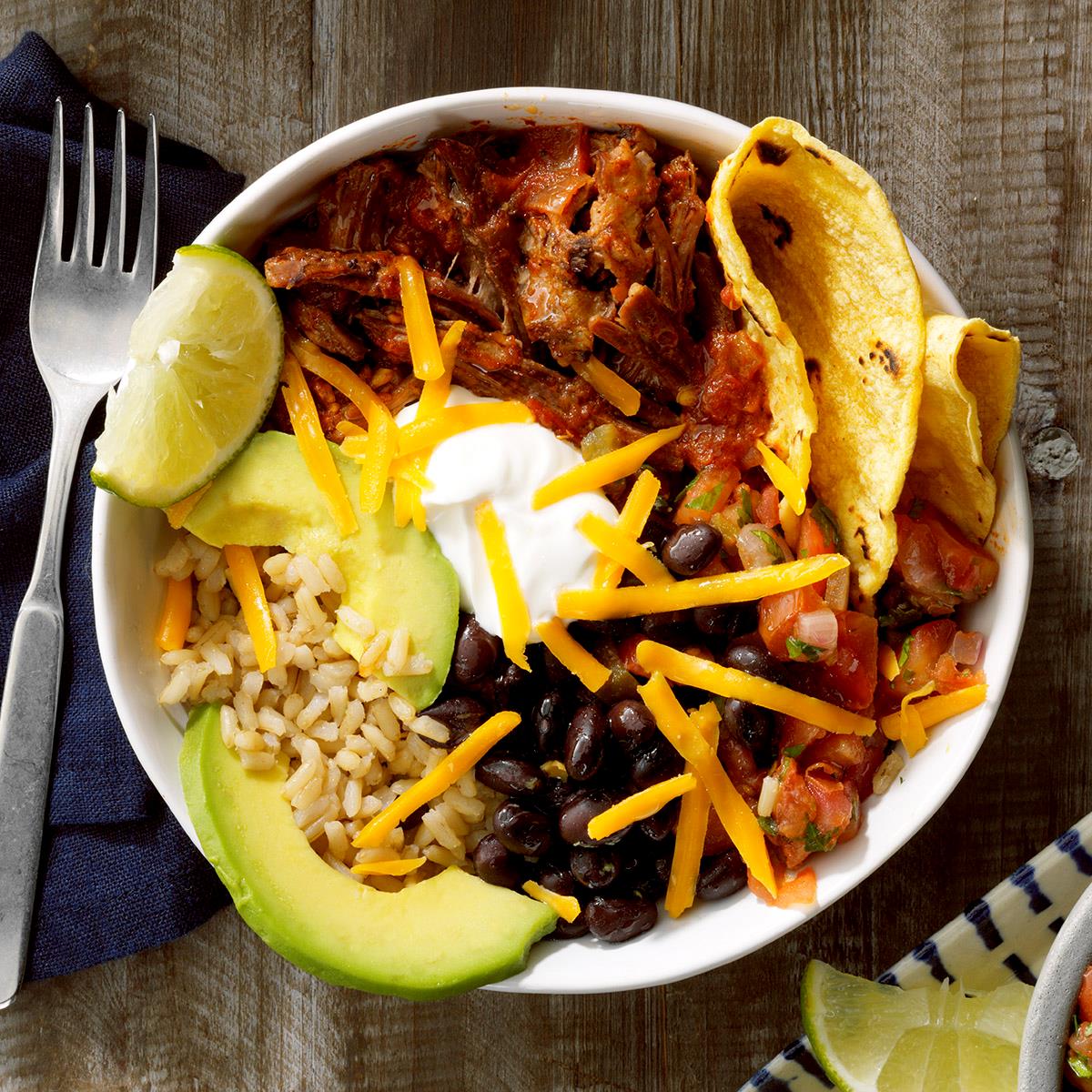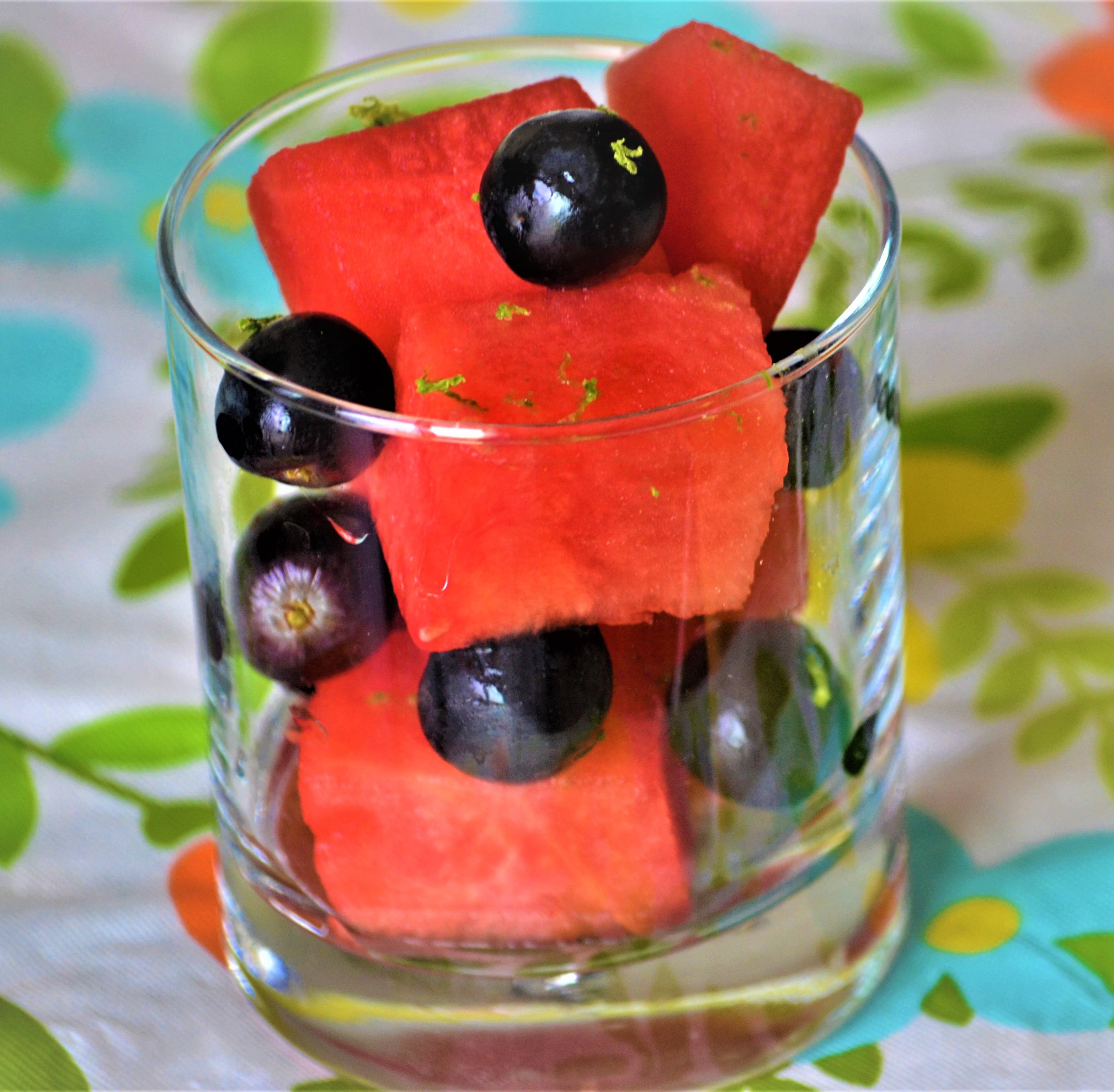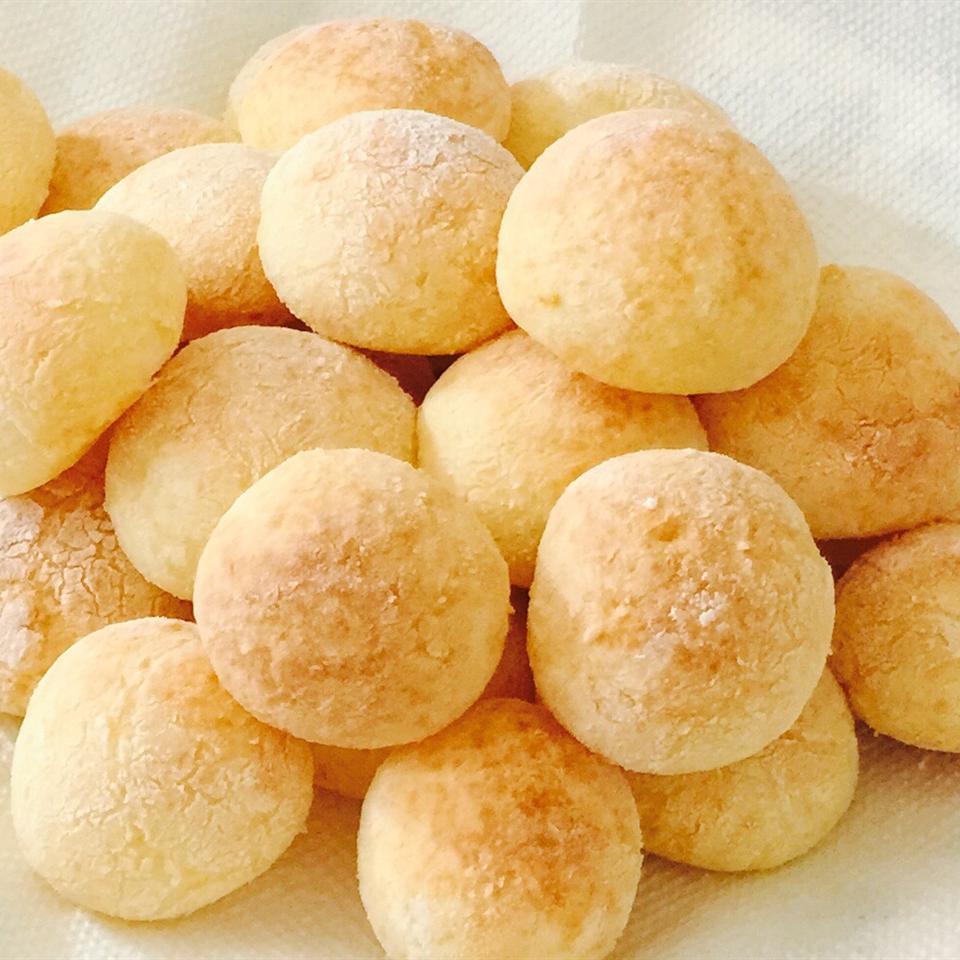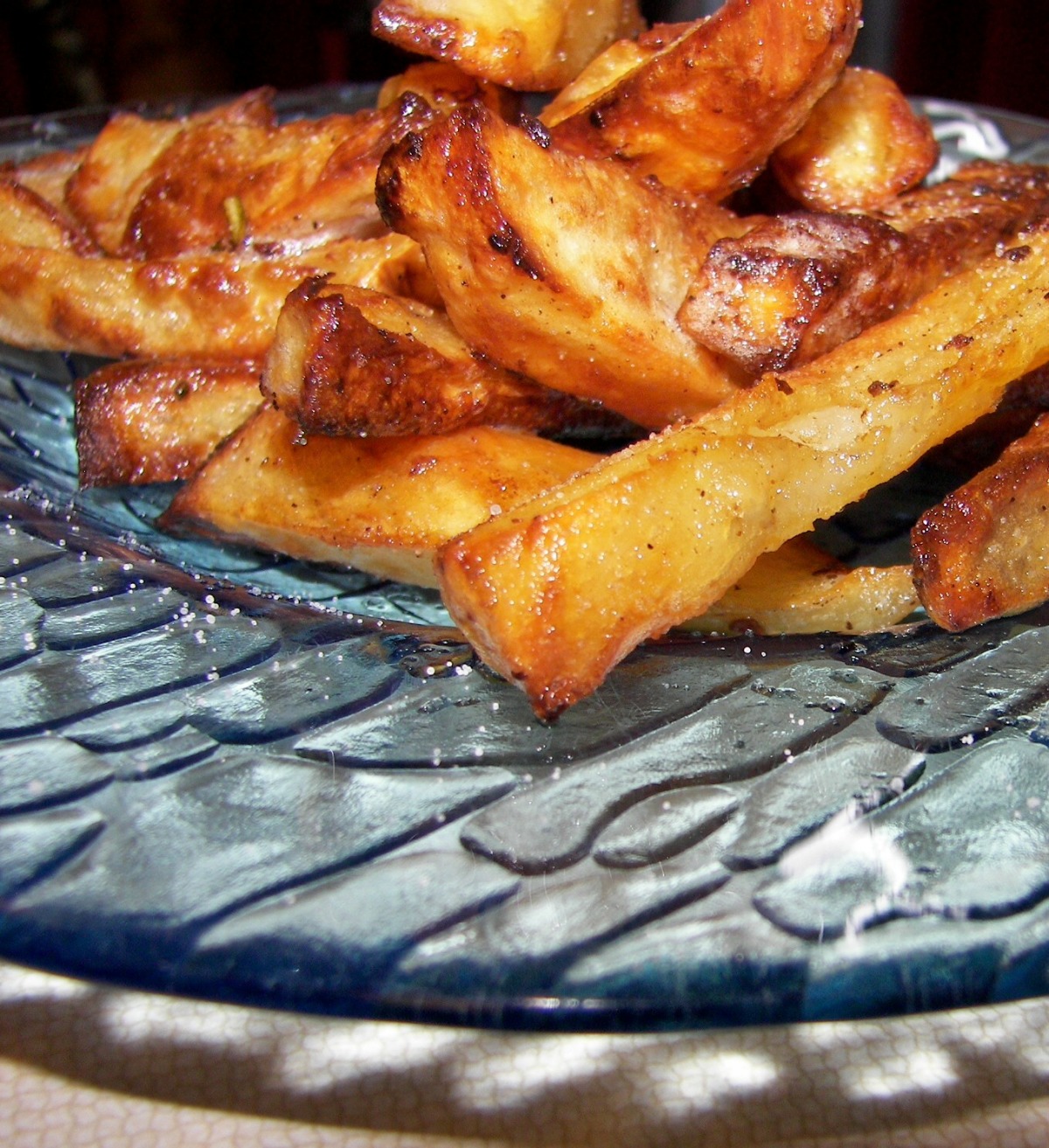# Bagels, a New York City staple, are a delicious and versatile bread that can be enjoyed for breakfast, lunch, or dinner.
Traditionally, bagels are made with a yeasted dough that is boiled and then baked. This unique cooking process gives the bagels their distinctive chewy texture and crispy crust. Bagels can be topped with a variety of ingredients, including sesame seeds, poppy seeds, salt, and garlic. They can also be filled with cream cheese, lox, or other fillings.
In this article, we will share three recipes for boiled bagels:
1. **Classic New York Bagels:** This recipe is for the classic New York City bagel. The bagels are made with a simple dough of flour, water, yeast, sugar, and salt. After the dough has risen, it is divided into pieces and shaped into bagels. The bagels are then boiled in water for a few minutes before being baked in the oven.
2. **Montreal-Style Bagels:** This recipe is for a Montreal-style bagel, which is known for its sweeter flavor and denser texture. The bagels are made with a dough that includes honey, barley malt syrup, and eggs. After the dough has risen, it is divided into pieces and shaped into bagels. The bagels are then boiled in water that has been flavored with honey and malt syrup.
3. **Whole Wheat Bagels:** This recipe is for a healthier version of the classic New York bagel. The bagels are made with a dough that includes whole wheat flour, wheat germ, and oatmeal. After the dough has risen, it is divided into pieces and shaped into bagels. The bagels are then boiled in water before being baked in the oven.
EASY BOILED BAGEL RECIPE

Homemade boiled bagels
Provided by Rhonda Albom
Categories Jewish style recipes
Time 2h
Number Of Ingredients 6
Steps:
- Mix water, salt, sugar, and yeast in a large bowl and let sit for 10 minutes.
- Add remaining ingredients.
- Mix until it forms a single dough ball.
- Knead the dough for 10 minutes.
- Measure out 100 grams per bagel and form into rings by rolling in your palm and connecting the ends.
- Place bagel rings on a baking paper-lined baking sheet. Let rise for 40-50 minutes.
- Boil bagel rings one minute on each side. (We boil two at a time and use a flat spatula to flip them in the water and remove them from the pot.)
- Place on a wire rack to allow water to drip off (about 5 minutes).
- Place the boiled bagel on an oiled baking sheet (okay to use baking paper instead of oil).
- Bake 20 minutes at 350°F (180°C) or until golden brown.
Nutrition Facts : Calories 256 calories, Carbohydrate 50 grams carbohydrates, Cholesterol 0 milligrams cholesterol, Fat 3 grams fat, Fiber 2 grams fiber, Protein 7 grams protein, SaturatedFat 0 grams saturated fat, ServingSize 1, Sodium 284 milligrams sodium, Sugar 2 grams sugar, TransFat 0 grams trans fat, UnsaturatedFat 2 grams unsaturated fat
REAL HOMEMADE BAGELS
A recipe for that authentic bagel flavor and texture.
Provided by PLAWHON
Categories Bread Yeast Bread Recipes Bagel Recipes
Time 3h20m
Yield 6
Number Of Ingredients 12
Steps:
- Combine 1 1/4 cup water, flour, sugar, 1 teaspoon salt, vegetable oil, and yeast in the mixing bowl of a stand mixer. Mix on low speed using the dough hook until well-developed, about 8 minutes. To ensure the gluten has developed fully, cut off a walnut-sized piece of dough. Flour your fingers, and then stretch the dough: if it tears immediately, the dough needs more kneading. Fully developed dough should form a thin translucent "windowpane."
- Transfer the dough to a lightly oiled bowl, cover it with plastic wrap and a kitchen towel, and let rise for 2 hours.
- Punch the dough down, place it on a lightly floured work surface, and use a knife or dough scraper to divide the dough into 6 pieces (or more, for smaller bagels). Roll each piece of dough into a sausage shape about 6 inches long. Join the ends to form a circle. Repeat with the remaining dough, and let the bagels rest for 15 minutes.
- Preheat oven to 475 degrees F (245 degrees C). Line a baking sheet with parchment paper. Arrange small plates with poppy seeds, sesame seeds, and onion flakes next to the baking sheet.
- Bring 4 quarts water to a boil in a large pot. Add honey, if desired (see Editor's Note). Boil the bagels, three at a time, until they rise to the surface of the pot, about 1 minute per side. Remove the bagels with a slotted spoon and place them on the parchment-lined baking sheet.
- Dip the tops of the wet bagels into the toppings and arrange them, seeds up, on the baking sheet. Sprinkle with coarse salt, if desired. Bake in the preheated oven until the bagels begin to brown, 15 to 20 minutes.
Nutrition Facts : Calories 278.2 calories, Carbohydrate 55.9 g, Fat 7.4 g, Fiber 1.3 g, Protein 2.1 g, SaturatedFat 1.1 g, Sodium 1372.4 mg, Sugar 53.5 g
HOW TO MAKE BAGELS

You can make the best possible version of your Sunday morning favorite at home. Let Claire Saffitz show you how.
Provided by Claire Saffitz
Number Of Ingredients 0
Steps:
- FOR THE DOUGH:• 2¼ cups/530 milliliters lukewarm water (105 to 110 degrees) • 2 tablespoons barley malt syrup, (available in health food stores and some well-stocked supermarkets; an equal volume of molasses is a passable substitute, but won't impart the traditional malty flavor) • 1 (¼-ounce) packet active dry yeast (about 2¼ teaspoons) • 6½ cups/885 grams bread flour (or use 6 cups bread flour and ½ cup whole-wheat flour), plus more for kneading Tip: For the crustiest, chewiest bagels, use bread flour. However, you can still achieve good results with all-purpose flour. Just try to use a brand with a relatively high protein content. Swapping in ½ cup of whole-wheat flour for ½ cup of the bread flour will make the bagels slightly less chewy but will also give them a boost of flavor. • 2 tablespoons/17 grams Diamond Crystal kosher salt or 1 tablespoon/17 grams Morton kosher saltTip: When measured by volume, Morton salt packs more densely than Diamond, making it about twice as salty. For consistent measurements across brands, either weigh it with a scale, or use half the volume of Morton. • Neutral oil, for greasing the baking sheetsFOR ASSEMBLY: • 1 teaspoon baking soda • ¼ cup/60 milliliters barley malt syrup, plus more as needed • 2 ounces/30 grams each sesame seeds, poppy seeds, caraway seeds, dried minced garlic, dried minced onion and/or flaky salt (optional)Scale (optional but recommended), a small bowl, a large mixing bowl, flexible spatula or wooden spoon, bench scraper, two large rimmed baking sheets, parchment paper, plastic wrap, a spider or slotted spoon, tea towel, a large Dutch oven, several separate large plates (if topping bagels), wire rack and a serrated knife.
- 1. Pour ½ cup/120 milliliters lukewarm water into a small bowl. Whisk in 2 tablespoons barley malt syrup and the packet of yeast until both dissolve. Let sit until the mixture foams, about 5 minutes. 2. In a large bowl, combine bread flour and salt (and whole-wheat flour, if using), and make a well in the center. Pour in yeast mixture and the remaining 1¾ cups/420 milliliters lukewarm water, and mix, using the flexible spatula or wooden spoon, until the dough is shaggy. 3. Knead the mixture in the bowl several times, continuously folding it over and onto itself and pressing down firmly to bring it together in a solid mass, then turn it out onto a clean work surface. Continue kneading until there are no dry spots, then, adding more flour only if needed to prevent stubborn sticking, until you have a stiff but very smooth dough that is still slightly tacky, 15 to 20 minutes. Tip: This amount of kneading, necessary to develop the gluten for a chewy bagel, is best done by hand, since the motor of the average stand mixer would strain against the very stiff dough. 4. Gather the dough into a ball, dust it lightly with flour, and place it in a large, clean bowl, seam-side down. Cover with a damp towel and let the dough rise at room temperature until it has doubled in size, 1½ to 2 hours.
- 5. Using your fist, lightly punch down the dough to knock out some of the air, and turn it out onto a clean work surface. Using a bench scraper, cut the dough into 12 equal pieces, either eyeballing it or using a scale to weigh out 4⅓-ounce/125-gram pieces. If you prefer a slightly smaller bagel, which is more traditional, you could make a baker's dozen (13) and weigh out 4-ounce portions. Why? This will help all your bagels rise more evenly in the oven and look better overall. 6. Before you form the bagels, preshape the pieces into tight balls. Working one ball at a time, gather all the irregular edges and pinch them together firmly to make a teardrop shape (above). Place the dough seam-side down on the surface and cup your hand down and over top of the dough in a loose grip (like a claw, or like you're playing the piano). Move your hand in a rapid circular motion, dragging the dough across the surface until it has a high, tight dome. Repeat with all the pieces, then cover them with the damp towel and let rest for 5 minutes.
- 7. Line two large rimmed baking sheets with parchment paper, brush lightly with oil, and set aside. Working one piece at a time, roll out a ball on the surface beneath your palms into a 9-inch-long rope. Apply extra pressure at the ends of the rope to thin them slightly, then wrap the rope around one hand where your palm and fingers meet, overlapping the ends by an inch or two along the inside of your hand (above). Tip: Don't add flour to your work surface. The friction with the surface will help stretch the dough.8. Roll the dough under your hand back and forth several times to seal together the ends, then slip the ring of dough off your hand and stretch it to even out the thickness all the way around until you have a ring that measures about 4 inches across (above). As you form each ring, place it on a parchment-lined sheet, arranging six to a sheet and spacing evenly. Tip: You can also poke a thumb through the ball of dough to make the hole and then widen and stretch with your hands into a ring, but the wrapping and rolling method tends to give more of a classic bagel look. 9. When you've formed all the bagels, cover each baking sheet with a piece of plastic, followed by a damp towel to create a sealed, moist environment for the bagels to proof slowly. Transfer the baking sheets to the refrigerator and chill at least 4 hours and up to 24.
- 10. About 2 hours before you'd like to serve the bagels, arrange an oven rack in the center position and heat the oven to 450 degrees. Fill a large, wide Dutch oven halfway with water and place it on the stove. (Heat should be off at this point.) Set a wire rack next to the Dutch oven. If topping the bagels, spread several tablespoons each of sesame seeds, poppy seeds, caraway seeds, dried minced garlic, dried minced onion and flaky salt on separate large plates in generous, even layers. Set the plates of toppings next to the wire rack. Tip: Mix together all the toppings to make an "everything" blend. 11. Remove one baking sheet from the refrigerator. Fill a small bowl with room temperature water, then carefully peel one ring of dough off the parchment paper and transfer it to the bowl. It should float, indicating that the bagels are ready to boil and bake. Remove the ring from the water, pat it dry on a towel and place back on the baking sheet. Remove the other baking sheet from the refrigerator. Tip: The dough sank? That's OK! Let both sheets sit at room temperature, covered, to finish rising, and test if the dough floats every 10 minutes after the first 30 minutes or so. 12. Set the Dutch oven over high heat and bring to a boil. Whisk in the baking soda and ¼ cup barley malt syrup. You want the water to look like strong black tea, so add more barley malt syrup by the tablespoon until it does. Bring everything back to a boil, reduce the heat if necessary to maintain a gentle boil, and skim any foam from the surface. Uncover one baking sheet and carefully transfer as many bagels as will comfortably fit in one layer to the Dutch oven, leaving some room for them to bob around. Boil for 1 minute, turning halfway through. Tip: If the ¼ cup barley malt syrup made the liquid very dark, more like black coffee, add a little water to dilute. 13. Use a spider or slotted spoon to transfer the bagels to the wire rack and repeat with the remaining bagels on the first sheet. The bagels will swell in the water, then deflate when removed, but they will puff up again in the oven. Discard the piece of parchment that was underneath the bagels but reserve the baking sheet.
- 14. Add the optional topping: Working with one at a time, place a boiled bagel on one of the plates with the toppings and turn to coat so the topping adheres to the wet surface of the dough on both sides. Place the coated bagels on the empty baking sheet, flat-side down, and repeat with the remaining boiled bagels, spacing evenly. 15. Transfer the baking sheet to the oven and bake until the bagels are deeply brown, 20 to 25 minutes, rotating the baking sheet 180 degrees after 12 minutes. 16. While the first sheet of bagels is in the oven, repeat the boiling and coating process with the second sheet, adding more toppings to the plates as needed. Transfer the second sheet to the oven when the first is finished. Let the bagels cool completely on a wire rack before slicing with a serrated knife. Tip: Bagels are best eaten the day they're baked, but they also freeze well. Place the bagels in a resealable plastic freezer bag and freeze up to one month.
BOILED BAGELS
Bagels that are boiled before being baked.
Provided by Jandl
Categories Bread Yeast Bread Recipes Bagel Recipes
Time 1h40m
Yield 12
Number Of Ingredients 6
Steps:
- In large bowl, combine 1 1/2 cups flour and yeast. Mix water, 3 tablespoons sugar and salt together, and add to the dry ingredients. Beat with a mixer for half a minute at a low speed, scraping the sides of the bowl clean. Beat at a higher speed for 3 minutes. Then, by hand, mix in enough flour to make a moderately stiff dough.
- Turn out onto a lightly floured surface and knead until smooth and elastic (8-10 minutes). Cover, let rest for 15 minutes.
- Cut into 12 portions, shape into smooth balls. Poke a hole in the center with your finger, and gently enlarge the hole while working the bagel into a uniform shape. Cover, let rise 20 minutes.
- Meanwhile, start a gallon of water boiling. Put 1 tablespoon of sugar in it, mix it around a bit. Reduce to simmering.
- When the bagels are ready, put 4 or 5 bagels into the water, and cook 7 minutes, turning once. Drain them. Place on a greased baking sheet, and bake at 375 degrees F (190 degrees C) for 30 to 35 minutes. Remove from oven, eat hot or cold.
- Broiling option: For a glossier surface, place raised bagels on an ungreased baking sheet prior to boiling them. Broil them five inches from heat for 1 to 1 1/2 minutes on each side. Then put them into the hot water to be boiled as above. Note: do not bake broiled bagels as long as non-broiled ones, 25 minutes should be long enough.
Nutrition Facts : Calories 180.7 calories, Carbohydrate 38.4 g, Fat 0.5 g, Fiber 1.4 g, Protein 5 g, SaturatedFat 0.1 g, Sodium 583.7 mg, Sugar 4.3 g
HOMEMADE BAGELS
Steps:
- In a large bowl, dissolve yeast in warm milk. Add the butter, sugar, salt and egg yolk; mix well. Stir in enough flour to form a soft dough. , Turn onto a floured surface; knead until smooth and elastic, 6-8 minutes. Place in a greased bowl, turning once to grease top. Cover and let rise in a warm place until doubled, about 1 hour. , Punch dough down. Shape into 12 balls. Push thumb through centers to form a 1-1/2-in. hole. Stretch and shape dough to form an even ring. Place on a floured surface. Cover and let rest for 10 minutes; flatten bagels slightly. , Fill a Dutch oven two-thirds full with water; bring to a boil. Drop bagels, 2 at a time, into boiling water. Cook for 45 seconds; turn and cook 45 seconds longer. Remove with a slotted spoon; drain well on paper towels. , Sprinkle with sesame or poppy seeds if desired. Place 2 in. apart on greased baking sheets. Bake at 400° until golden brown, 20-25 minutes. Remove from pans to wire racks to cool.
Nutrition Facts : Calories 237 calories, Fat 9g fat (5g saturated fat), Cholesterol 38mg cholesterol, Sodium 271mg sodium, Carbohydrate 33g carbohydrate (3g sugars, Fiber 1g fiber), Protein 5g protein.
Tips:
- Use bread flour: Bread flour has a higher protein content than all-purpose flour, which will give your bagels a chewier texture.
- Dissolve the sugar and yeast in warm water: This will help the yeast to activate and ensure that your bagels rise properly.
- Knead the dough until it is smooth and elastic: This will help to develop the gluten in the dough, which will give your bagels a chewy texture.
- Let the dough rise in a warm place until it has doubled in size: This will give the yeast time to work and produce gas, which will make your bagels light and airy.
- Boil the bagels before baking them: This will give them their characteristic chewy texture and shiny crust.
- Bake the bagels until they are golden brown: This will ensure that they are cooked through and have a delicious flavor.
Conclusion:
Boiled bagels are a delicious and versatile bread that can be enjoyed for breakfast, lunch, or dinner. They can be topped with a variety of ingredients, such as cream cheese, lox, or jelly. Boiled bagels are also a great option for sandwiches and can be used to make croutons or bread crumbs. With a little practice, you can easily make boiled bagels at home. So next time you're in the mood for a chewy, delicious bagel, give this recipe a try!
Are you curently on diet or you just want to control your food's nutritions, ingredients? We will help you find recipes by cooking method, nutrition, ingredients...
Check it out »
You'll also love




